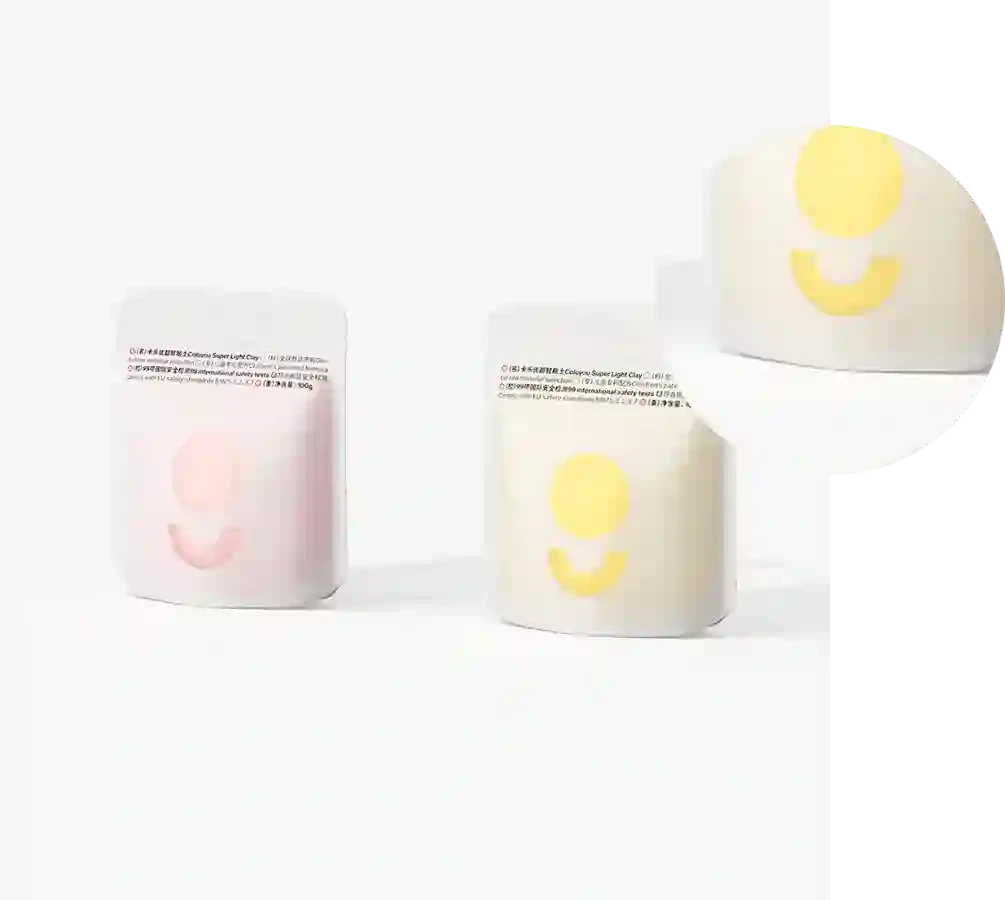- Afrikaans
- Albanian
- Amharic
- Arabic
- Armenian
- Azerbaijani
- Basque
- Belarusian
- Bengali
- Bosnian
- Bulgarian
- Catalan
- Cebuano
- chinese_simplified
- chinese_traditional
- Corsican
- Croatian
- Czech
- Danish
- Dutch
- English
- Esperanto
- Estonian
- Finnish
- French
- Frisian
- Galician
- Georgian
- German
- Greek
- Gujarati
- haitian_creole
- hausa
- hawaiian
- Hebrew
- Hindi
- Miao
- Hungarian
- Icelandic
- igbo
- Indonesian
- irish
- Italian
- Japanese
- Javanese
- Kannada
- kazakh
- Khmer
- Rwandese
- Korean
- Kurdish
- Kyrgyz
- Lao
- Latin
- Latvian
- Lithuanian
- Luxembourgish
- Macedonian
- Malgashi
- Malay
- Malayalam
- Maltese
- Maori
- Marathi
- Mongolian
- Myanmar
- Nepali
- Norwegian
- Norwegian
- Occitan
- Pashto
- Persian
- Polish
- Portuguese
- Punjabi
- Romanian
- Russian
- Samoan
- scottish-gaelic
- Serbian
- Sesotho
- Shona
- Sindhi
- Sinhala
- Slovak
- Slovenian
- Somali
- Spanish
- Sundanese
- Swahili
- Swedish
- Tagalog
- Tajik
- Tamil
- Tatar
- Telugu
- Thai
- Turkish
- Turkmen
- Ukrainian
- Urdu
- Uighur
- Uzbek
- Vietnamese
- Welsh
- Bantu
- Yiddish
- Yoruba
- Zulu
How to Convert Millimeters to Milliliters Easily and Accurately
Understanding the Conversion from Mil to Millimeter A Comprehensive Guide
In various industries, especially in manufacturing and engineering, precision measurements are crucial. One common measurement unit that often arises in fields like electronics, textiles, and materials science is the mil. While a mil is a very specific unit, it is frequently necessary to convert it to other units, particularly millimeters (mm), for better clarity and usability in a global context. This article aims to provide a comprehensive understanding of how to convert mils to millimeters and the importance of these measurements in practical applications.
What is a Mil?
The term mil is commonly used in the United States and is defined as one-thousandth of an inch (0.001 inches). The name mil is derived from the Latin term mille, meaning thousand. This unit of measurement is widely employed in various fields, from the thickness of plastic sheets to the coating of wires and the specification of materials.
Why Convert Mil to Millimeter?
The metric system is favored in most of the world for its simplicity and ease of conversion. Millimeters, being part of this system, are used extensively in engineering, manufacturing, and scientific contexts. When dealing with international standards or specifications, converting mils to millimeters can help ensure compatibility and accuracy.
The Conversion Formula
To convert mils to millimeters, you can use the following conversion factor
1 mil = 0.0254 mm
This means that to convert a value in mils to millimeters, you simply multiply the number of mils by 0.0254.
Example Calculation
If you have a material that is 10 mils thick and you want to find out its thickness in millimeters, the calculation would be
convert mil to mm

10 mils × 0.0254 mm/mil = 0.254 mm
Thus, a thickness of 10 mils is equal to 0.254 millimeters.
Practical Applications
1. Electronics In the electronics industry, thickness plays a critical role in determining the performance and compatibility of components. For instance, printed circuit boards (PCBs) often specify traces and spaces in mils, so converting to millimeters can be essential for design and manufacturing purposes.
2. Textiles In textile production, mils may be used to indicate the thickness of materials like plastic sheeting or coatings. Accurate conversion to millimeters ensures consistency and quality control in production processes.
3. Manufacturing Many manufacturing processes require precise measurements for cutting, molding, and machining. Using mils might be standard in one country, while millimeters are used in another. Understanding the conversion helps bridge this gap, ensuring that specifications are accurately interpreted across borders.
Tips for Accurate Conversions
- Use a Calculator Ensure you have a reliable calculator or conversion tool handy. The calculations involved are straightforward, but even minor miscalculations can lead to significant discrepancies in measurements. - Keep Track of Units Always keep track of your units. When converting, it is easy to confuse mils with millimeters, especially if you are working with varying measurement systems.
- Double-Check After conversion, it is beneficial to double-check the results, especially in projects where precision is critical.
Conclusion
Converting mils to millimeters is a fundamental aspect of many technical fields. Understanding the conversion process can facilitate accurate communication and enhance collaboration in international projects. Armed with the knowledge of how to convert these measurements, professionals across various industries can ensure that their specifications are clear, correct, and universally understandable. Whether for electronics, textiles, or manufacturing, mastering this conversion takes one step closer to achieving precision and excellence in any field.













